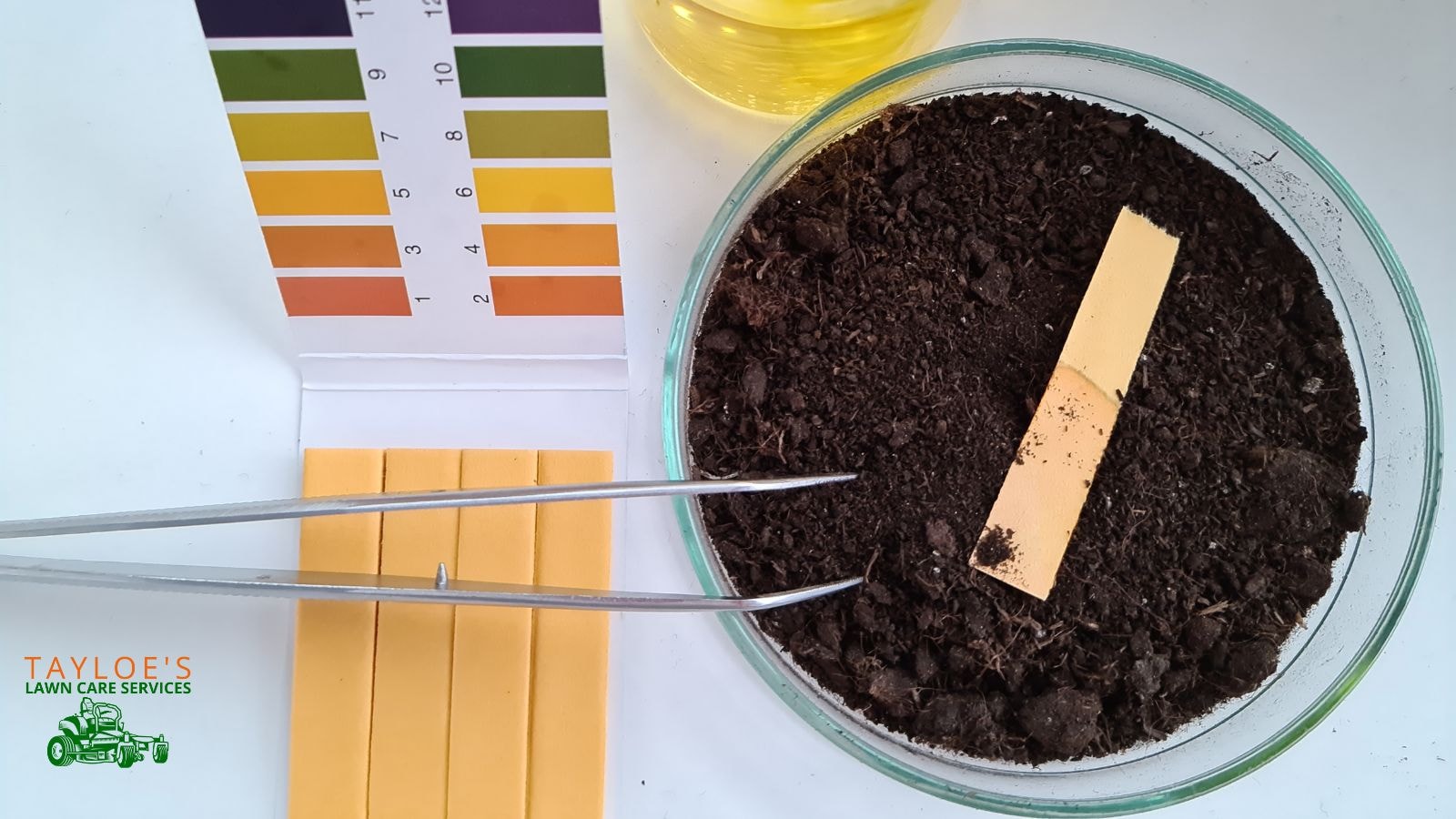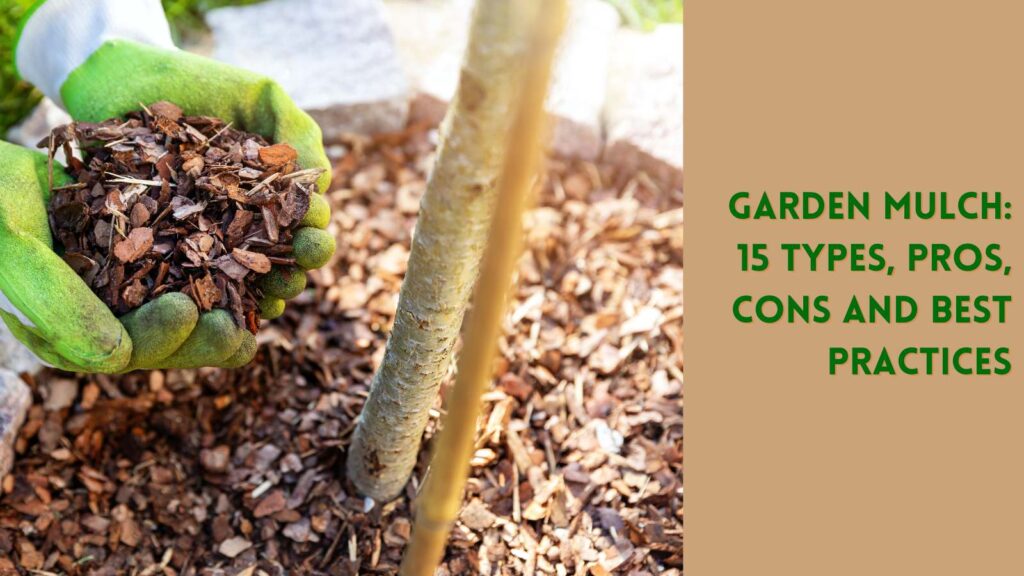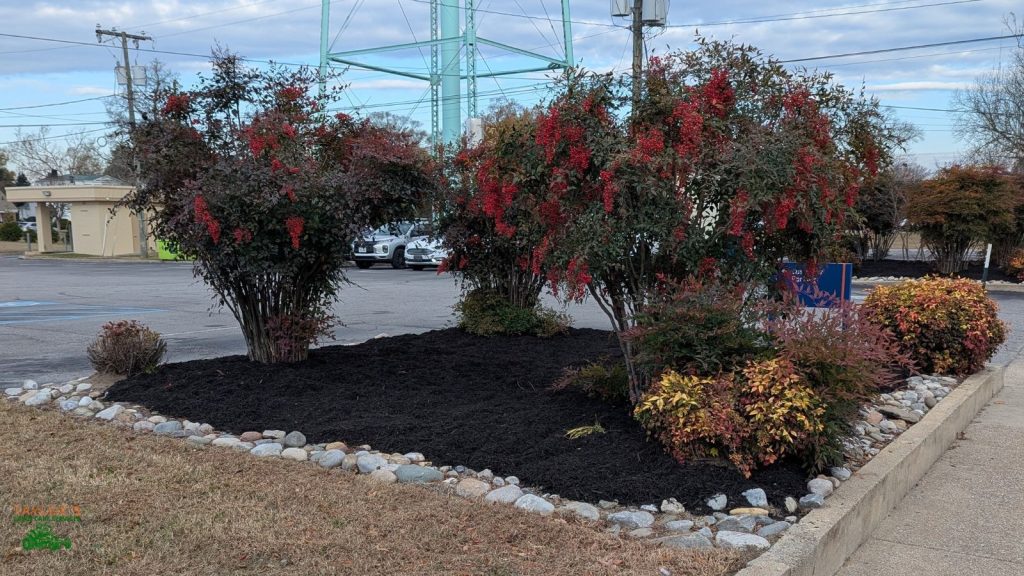Last Updated on: 4th February 2025, 06:47 am

Learn about growing kitchen garden plants right at your door.
Imagine a garden site that’s not only beautiful to behold but also bursts with produce that offers great fragrance and flavors. Picture yourself plucking fresh from an herb garden or grabbing colorful vegetables to cook homemade meals. A kitchen garden, or culinary garden, offers you the satisfaction that comes from growing food and watching your plants thrive and grow.
Whether you are an experienced gardener or new to gardening, there are few things greater than having fresh vegetables and herbs a few steps from your kitchen door. I invite you to read to learn about choosing plants, growing herbs, and how you can start your own kitchen garden.
Is this type of gardening fun? You bet! In fact, many call their kitchen garden therapy.
What Is a Kitchen Garden?
A kitchen garden, also known as a culinary garden, is a designated area where you grow herbs, vegetables, and fruits specifically for use in your kitchen. It’s essentially a personal mini-farm located conveniently close to your cooking space. This herb and vegetable garden allows you to harvest fresh produce to enhance your meals.
Kitchen gardens can vary in size and complexity, ranging from simple herb pots on a windowsill to more extensive backyard plots brimming with various plants. The primary goal is to cultivate fresh, preferably organic, ingredients to use in your culinary creations, enriching your dishes with homegrown flavors.
Planning Your Kitchen Vegetable Garden
Like all successful gardening endeavors, growing plants for a culinary garden requires careful attention to planning. Here are some considerations:
What is your kitchen garden’s purpose?
When planning your kitchen vegetable garden, start by determining its purpose. Are you aiming to grow your own food, have fresh herbs at your fingertips, or create a beautiful outdoor space that doubles as a productive garden? Understanding your main objective will guide your decisions throughout the process.
Consider the size and location of your edible plants
Next, choose a location for your kitchen garden that receives at least 6 hours of full sun a day. Most people find a sunny spot near the back door, where they can conveniently do early morning watering and afternoon harvesting.
Consider the size of your kitchen garden. It’s often best to start small and scale up gradually as you gain experience and confidence. This approach helps prevent feeling overwhelmed and allows you to learn what works best for your space and lifestyle.
Set goals to reap all the benefits
Finally, define your goals for the garden. Decide what you want to grow and how much time you can realistically devote to its care. Whether it’s a few pots of herbs on the windowsill or a full-fledged vegetable plot, having clear goals will help you stay focused and motivated throughout the gardening season.
Improving Soil Fertility
Improving the soil is essential for maximum yield from your kitchen garden. Start with a soil test to determine its pH level and nutrient content. This information will guide you in making necessary adjustments to create an optimal growing environment.
You can get soil testing kits at any hardware store or garden shop; if you live in the Tayloe’s Lawn Care Services area, you can call us. Our technician or garden consultant will be glad to help.
Amend your soil with organic matter such as compost or manure, which enriches the soil with nutrients and improves its structure. This step is crucial for promoting healthy root development and vigorous plant growth.

Choose a soil mix specifically for food, not other plants
Choosing a soil mix specifically designed for kitchen gardens or edible plants can also make a significant difference. Check the label, as they differ from the soils intended for use in an ornamental garden or for growing flowers. These mixes are often formulated to provide the right balance of nutrients and drainage for the types of plants you wish to grow.
Use raised beds and add healthy soil
Consider using raised beds, which can enhance soil drainage and structure. Raised beds are particularly beneficial if your garden soil is heavy clay or sandy, allowing you to control the soil quality more effectively.
By focusing on these key aspects of soil fertility, you’ll create a strong foundation for a productive and healthy kitchen garden.
Choosing the Right Plants
When thinking about planting consider what edible plants you’d like to eat. Then research if they will work in your own garden.
Begin by selecting plants suitable for your climate and the specific time of year you are planting. This will ensure that your garden thrives under the conditions available. Opt for various plants that can provide a continuous harvest throughout the growing season so you always have fresh produce at your disposal.
Consider growing a mix of annuals and perennials to create a diverse and thriving garden. Annuals can offer quick yields within the same year, while perennials come back year after year, providing long-term benefits.
Additionally, incorporating fruit trees and other edible plants into your garden design can add both visual interest and a wider range of culinary possibilities. By thoughtfully choosing plants, you’ll create a bountiful and beautiful kitchen garden that caters to your culinary needs throughout the year.
Some Favorite Garden Crops to Try
Produce picked fresh from the garden is one of the best gifts you can give yourself. Unsure what you’d like to try? Here’s a list of some of the most beloved crops you can try:
🍅Slicing tomatoes
Cherry tomatoes
🍓Strawberries
Salad greens
Leafy greens
Microgreens
Cabbage
Cucumbers
Collard greens
Kale
Green beans
Squash or zucchini
Jalapenos
Bell peppers
Sweet basil
Rosemary
Cilantro
Fruit trees (grab a dwarf variety!)
When you want to grow vegetables, keep in mind what you and your family will eat. Whatever produce you’ll enjoy, that’s what you should grow!
Designing Your Kitchen Garden

Designing your kitchen garden space should consider both what’s functional and aesthetically pleasing. Start by considering the mature size of each plant and leaving enough space for growth. This ensures that your plants won’t be overcrowded and will have ample room to thrive.
Small garden considerations
Small spaces are a bit more challenging. But you can have a garden in just a few square feet. Consider small raised beds or placing plants into lovely, colorful containers. As long as you get sufficient direct sunlight, you can grow plenty of produce to eat.
Include pathways for easy access to your edible plants
Incorporate paths and access points into your design to make harvesting and maintaining your garden easy. Paths provide access and help keep you from compacting the soil surrounding your plants by stepping on them.
Try succession planting
Use succession planting to ensure a continuous harvest throughout the growing season. By planning ahead, you can stagger plantings and keep your garden productive most of the growing season.
Caring for Your Kitchen Garden
Caring for your kitchen garden requires regular attention and proper techniques.
Locate your garden space where you have easy access to your hose or other water source. Water your garden regularly, but be cautious of overwatering, as it can lead to root rot and other issues. For example, not all herbs love to have wet feet and can develop mildew-related diseases. Select a spot with better drainage instead of low spots.
Mulching to control weeds
Mulch around plants to retain moisture and assist with weed control. Mulching also helps maintain healthy soil, moderates soil temperature, and reduces water evaporation. You can use the same mulch you put around your flowers to give the entire yard a cohesive, attractive look.
Fertilize your kitchen garden regularly, using organic fertilizers whenever possible, to provide essential nutrients for healthy plant growth. Keeping your garden well-weeded is crucial to prevent competition for nutrients and space, ensuring your plants have the best chance to flourish.
Maintaining Your Kitchen Garden
Maintaining your kitchen garden throughout the season involves several key practices. Keep your garden well-watered and fertilized to support continuous growth.
Regularly monitor your garden for signs of pests or diseases, addressing issues promptly to prevent widespread problems. Consider introducing beneficial insects (like ladybugs) to help control pests naturally. Pruning and training plants to maintain their shape and promote healthy growth is also important. Finally, drip irrigation can conserve water and reduce waste by delivering moisture directly to the plant roots.
Troubleshooting Common Issues
Troubleshooting common issues in your kitchen garden is essential for maintaining a healthy and productive space. Identify common pests and diseases that can affect your garden and take proactive steps to prevent them. Natural pest control methods, such as neem oil and diatomaceous earth, should be used to minimize chemical use.
Address nutrient deficiencies by adjusting your fertilization schedule to ensure your plants receive the necessary nutrients. Consider using row covers to protect your garden from extreme weather conditions, safeguarding against an unexpected late-season frost, heavy rain, or intense, full sun.
Harvesting and Enjoying Your Kitchen Garden
Harvesting and enjoying your kitchen garden is the rewarding culmination of your efforts. Harvest your garden regularly to encourage continuous production and enjoy fresh fruits and vegetables in many dishes.
Consider preserving some of your harvest through canning, freezing, or dehydrating to extend the benefits of your garden throughout the year. Take pride in your thriving kitchen garden and savor the fresh, homegrown flavors of the juicy tomatoes and plants you’ll use to enhance your culinary creations.
Composting Kitchen Garden Scraps
As you consume the crops you’ve grown, you’ll generate waste. But the otherwise seeds, skins, and cores of your tomatoes, vegetables, herbs, and plants can have a new life by composting them.
You can find inexpensive composting containers at local gardening centers and set them up in a few minutes.
As the wasted parts of goods from the kitchen garden decompose, they become humus. It’s like creating containers of free fertilizer for your in-ground garden or raised beds next year!
You can also add grass clippings, shredded fall leaves, flowers that you’ve deadheaded, and other general yard waste. However, you should avoid adding weeds, as more weeds can germinate.
A Kitchen Garden Is Well Worth Your Effort
Whether you have empty raised beds, a large place to garden, or just a few square feet of space in the ground, growing these crops just steps outside your door is a wonderful activity – consider it garden therapy!
So give those salad greens or tomatoes a try! They fill your space with lovely greenery and most even produce vibrant flowers in the late spring. Once planted, it takes little more than watering, controlling weeds, and adding a bit of occasional fertilizer. That’s it – at the end you will reap the delicious rewards.
I invite you to follow us on Facebook for more lawn care and garden tips, all year long.
Author Profile

- Deborah Tayloe is the CEO and co-founder of Tayloe's Lawn Care Services, LLC. She has a B.S.Ed and holds certificates in soil and water management and herbology from accredited programs.
Latest entries
 Lawn CareDecember 29, 2025Commercial winter lawn care is a must
Lawn CareDecember 29, 2025Commercial winter lawn care is a must GardeningSeptember 27, 2025What perennials, shrubs, and trees don’t like fall pruning (and why)?
GardeningSeptember 27, 2025What perennials, shrubs, and trees don’t like fall pruning (and why)? Trees and ShrubsSeptember 14, 2025Fall Shrub Pruning Guide (September–October)
Trees and ShrubsSeptember 14, 2025Fall Shrub Pruning Guide (September–October) Trees and ShrubsApril 22, 2025Boxwood Blight: Early identification and isolation
Trees and ShrubsApril 22, 2025Boxwood Blight: Early identification and isolation









